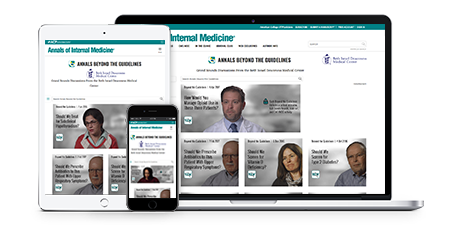Lower urinary tract symptoms due to benign prostatic hyperplasia (BPH) are common in older patients assigned male sex at birth, regardless of gender identity, and treatment of these symptoms is therefore common in primary care practice. In 2021, the American Urological Association published guidelines for management of BPH. They recommend using a standardized scoring system such as the International Prostate Symptom Score to help establish a diagnosis and to monitor the efficacy of interventions, α-blockers as the first-choice pharmacotherapy option, and 5α-reductase inhibitors for patients with prostate size estimated to be at least 30 cc. Tadalafil is another option regardless of erectile dysfunction. Combination therapies with α-blockers and 5α-reductase inhibitors, anticholinergic agents, or β3-agonists are effective options. A surgical referral is warranted if the BPH results in chronic kidney disease, refractory urinary retention, or recurrent urinary tract infections; if there is concern for bladder or prostate cancer; or if symptoms do not respond to medical therapy. In this article, a general internal medicine physician and a urologist discuss the treatment options and how they would apply their recommendations to a patient who wishes to learn more about his options.
Annals Beyond the Guidelines
CME/MOC:
Up to 5
AMA PRA Category 1 Credits ™ and MOC Points
Expires April 11, 2026
active
Cost:
Free to Members
Format:
Video Recordings
Product:
Annals Beyond the Guidelines
From Annals of Internal Medicine (annals.org), Beyond the Guidelines is an educational feature based on recent guidelines. Each considers a patient (or patients) who "falls between the cracks" of available evidence and for whom the optimal clinical course in unclear. Presented at Beth Israel Deaconess Medical Center (BIDMC) Grand Rounds, each conference reviews the background evidence and experts then discuss the patient(s) and field audience questions. Videos of the interviews and conference, the slide presentation, and a CME/MOC activity accompany each module.



